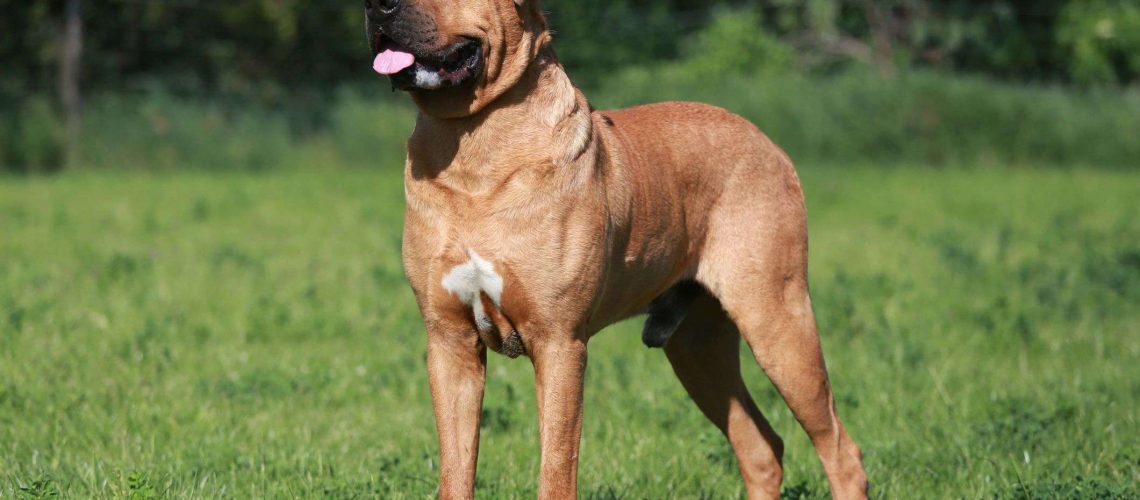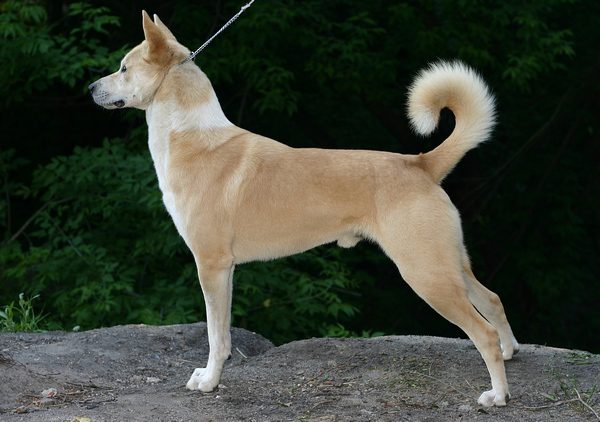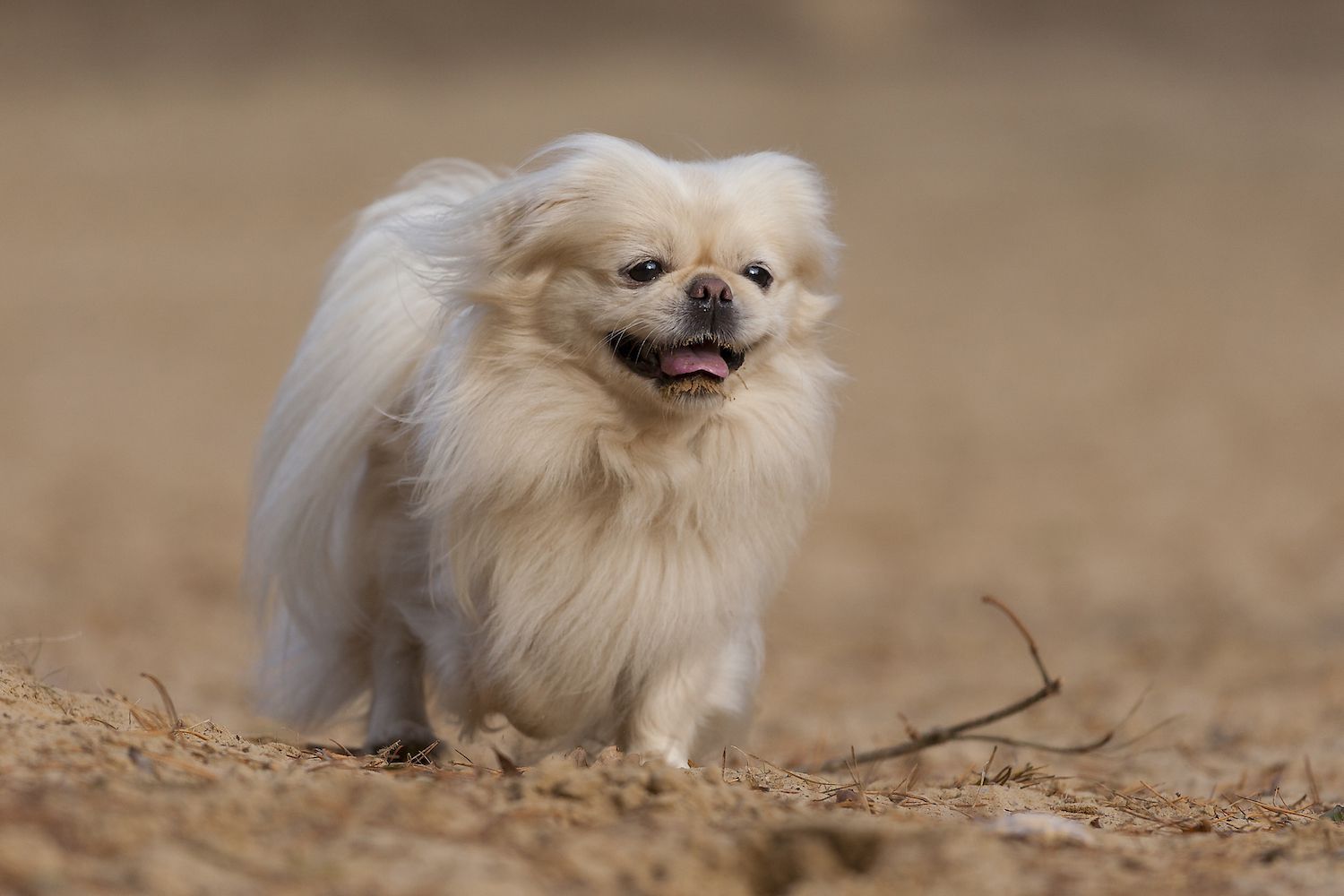Key Takeaways:
- Tosa Inu is a large and powerful dog breed originating from Japan.
- They are known for their loyalty, courage, and protective nature.
- Tosa Inus require consistent training and socialization from an early age to prevent any aggressive behavior.
- Regular exercise is crucial for Tosa Inus to maintain their physical and mental well-being.
- Proper grooming, including regular brushing and occasional bathing, is essential to keep their coat healthy and clean.
Are you ready to embark on a journey into the fascinating world of Tosa Inu dogs? This captivating breed is known for its unique characteristics and requires special care. By exploring this subject, you will gain valuable insights into the benefits of owning a Tosa Inu and how to provide them with the love and attention they deserve. Whether you're considering adding a Tosa Inu to your family or simply curious about these remarkable creatures, understanding their breed characteristics and care is essential. So, let's dive in and discover all there is to know about the amazing Tosa Inu!
What is a Tosa Inu? Unique characteristics of this dog breed
Origin and History
The Tosa Inu, also known as the Tosa Ken or Japanese Mastiff, is a large and powerful dog breed that originated in Japan. Bred in the mid-19th century, these dogs were initially used for dog fighting, but they have since become popular as family pets and guard dogs. The Tosa Inu is highly regarded for its loyalty, courage, and protective nature.
Physical Appearance
Tosa Inus are muscular and well-built dogs with a strong frame. They have a broad head with a short muzzle and dark, almond-shaped eyes. Their ears are small and pendant-shaped. One unique characteristic of the Tosa Inu is its thick double coat, which can come in various colors such as red, brindle, or fawn. These dogs have a calm and dignified expression that adds to their overall majestic appearance.
Size and living environment for Tosa Inus
Size
Tosa Inus are considered large-sized dogs. Males typically stand between 24 to 26 inches tall at the shoulder and weigh around 130 to 200 pounds. Females are slightly smaller, measuring about 22 to 24 inches tall and weighing between 90 to 140 pounds. It's important to note that proper diet and exercise are crucial to maintaining a healthy weight for these dogs.
Living Environment
Tosa Inus can adapt well to different living environments but thrive best in homes with spacious yards where they can roam freely. They are not suitable for apartment living due to their size and need for regular exercise. These dogs enjoy spending time outdoors but should also have access to indoor spaces where they can relax comfortably. It's essential to provide them with a secure and fenced area as they have a protective nature and may be wary of strangers.
Caring for and grooming Tosa Inus: Important aspects to consider
Grooming Needs
Tosa Inus have a short, dense coat that requires minimal grooming. Regular brushing once or twice a week helps keep their coat clean and free from loose hair. They are moderate shedders, so it's important to brush them regularly to minimize shedding around the house. Additionally, regular nail trimming, teeth brushing, and ear cleaning are essential parts of their grooming routine.
Diet and Exercise
Providing a balanced diet is crucial for the overall health of Tosa Inus. High-quality dog food that meets their nutritional needs should be fed in appropriate quantities to prevent obesity. These dogs require daily exercise to keep them physically and mentally stimulated. Long walks, playtime in the yard, or engaging in activities such as obedience training or agility courses can help meet their exercise requirements.
Tosa Inus with children and other pets: Are they good?
Interaction with Children
Tosa Inus can be great companions for children when properly socialized from an early age. They are known for their patient and gentle nature towards their family members, including children. However, supervision is necessary when Tosa Inus interact with young children due to their large size and strength.
Compatibility with Other Pets
With proper socialization and training, Tosa Inus can coexist peacefully with other pets in the household. However, it's important to introduce them gradually and supervise their interactions until they become comfortable with each other. Early socialization plays a vital role in ensuring that Tosa Inus develop positive relationships with other animals.
Daily exercise needs and suitable activities for Tosa Inus
Exercise Requirements
Tosa Inus are active dogs that require regular exercise to keep them physically and mentally stimulated. They should have at least 60 minutes of exercise each day, which can include brisk walks, jogging, or playtime in a securely fenced area. Engaging them in interactive games or providing puzzle toys can also help satisfy their mental stimulation needs.
Suitable Activities
Apart from daily walks and playtime, Tosa Inus can excel in various activities such as obedience training, agility courses, or even participating in dog sports like weight pulling. These activities not only provide physical exercise but also challenge their intelligence and enhance their bond with their owners.
Health issues in Tosa Inus: How to keep them healthy
Common Health Concerns
Like any other dog breed, Tosa Inus are prone to certain health issues. Some common health concerns include hip dysplasia, bloat (gastric dilation-volvulus), heart conditions, and skin allergies. Regular veterinary check-ups, a balanced diet, proper exercise, and maintaining a healthy weight are essential for keeping Tosa Inus healthy.
Health Maintenance
To ensure the overall well-being of Tosa Inus, it is important to provide them with regular vaccinations and preventive medications against parasites such as fleas and ticks. Routine dental care is also crucial to prevent dental diseases. Additionally, monitoring their weight and providing a nutritious diet can help prevent obesity-related health problems.
Tips for training a Tosa Inu: Challenges and temperament
Training Challenges
Tosa Inus are known for their independent nature which can make training challenging at times. They may exhibit stubbornness or a strong will during training sessions. Consistency, positive reinforcement techniques, and patience are key when training a Tosa Inu. Early socialization and obedience training from puppyhood are crucial to ensure they grow up to be well-behaved and obedient dogs.
Temperament
Tosa Inus have a calm and dignified temperament. They are generally loyal, protective, and affectionate towards their families. However, their protective nature can sometimes make them wary of strangers. It is important to expose them to various people, places, and situations from an early age to help them develop a well-rounded temperament. With proper training and socialization, Tosa Inus can be excellent family pets who are both loving and reliable guardians.
In conclusion, the Tosa Inu is a large and powerful dog breed with a calm and loyal temperament. They require regular exercise, socialization, and proper care to ensure their well-being and happiness.
Why are Tosa Inus banned?
During the 1800s, the Tosa breed was crossed with different breeds like the Bulldog and Mastiff to create a dog that was strong, agile, and powerful. However, due to its history as a fighting dog, the breed is prohibited in the UK, even though there have never been more than a few of them in the country.
Are Tosa dogs aggressive?
The Tosa breed is known for being loving and close with their own family, but they may be a bit distant with strangers. They are naturally cautious around other dogs and may act aggressively towards dogs they see as intruders. However, it is not typical for this breed to show aggressive behavior towards humans.
Are Japanese Tosa good family dogs?
A well-trained and well-behaved Tosa will not show aggression by snapping or biting. It is important to start teaching manners and training at an early stage, including teaching the dog to walk calmly on a leash and follow the humans when going in and out of doorways. The Tosa breed is known for being good with children and is generally calm and affectionate towards their owner.
What are the health problems with Tosa Inu?
Elbow joint developmental disorders are frequently seen in various large breeds, such as the Tosa-Inu. Symptoms typically appear as early as five months old, with abnormal growth in one or more areas of the joint leading to pain and difficulty in walking.
Are Japanese tosas legal in the US?
The Tosa dog breed is prohibited in several countries, such as the United Kingdom, Australia, Denmark, and Norway, due to its past. Fortunately, the United States does not have such a ban.
What is the most banned dog in America?
The pit bull is a dog breed that often faces unjust prejudice on a daily basis. It is the most commonly prohibited breed in the United States, according to PetHelpful. Interestingly, the pit bull is not a specific breed, yet it is banned more frequently than any other.

















